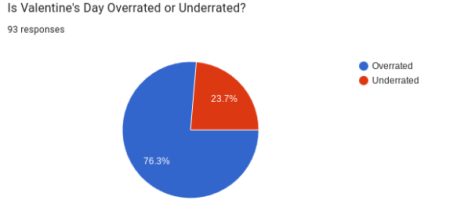Two Strikes and you’re out: what happened to three?
November 14, 2018
The start of this school year was normal and enjoyable; many students went about their days following MHS rules about having hallway passes and showing IDs when entering and leaving the building.
When the new assistant principal introduced the new tardy policy, everything changed.
The tardy policy enforces students getting to class on time. If students are late to any period, they must get their IDs scanned by security to receive a pass that shows how many tardies they have so far.
With the new tardy policy, a student can only be late to any class unexcused twice in the duration of half of the school year before receiving consequences. This means that if a student gets held up in the hallway by the school’s traffic or is late by a minute to first period because he or she couldn’t get into the student parking lot, he or she will have a tardy and receive a strike.
There are benefits to the new tardy policy. More students are on time to their classes because of the consequences. There is no doubt that the number of students in class on time for attendance has increased, and that is a very positive result of the policy.
Some would also say the tardy policy mimics the expectations of work life after high school. When students go out and get a job, being late is not acceptable.
But there could be issues along the way– a long train or an accident that holds up traffic.
Many jobs will accommodate such a delay; school should, too.
From my own experience, I have received one tardy. I made my way to school on a late start, and a teammate called me asking if she could get a ride. I looked at the time and saw that I still had over thirty minutes before school started, so I agreed to pick her up. After picking her up, though, we sat in the line to get into the school for over twenty minutes when her house was only a three-minute drive from the high school.
When we finally did get into the parking lot, we had to wait for parents to drop kids off in all the lanes of the senior lot to be able to park in a spot in the junior lot. I ended up getting into school three minutes late, which meant I received my first strike out of two.
I was very unhappy for the rest of the day because I had arrived thirty minutes early and decided it would be an inconvenience to let the underclassman walk, so I did a good deed and picked her up. I had not realized that I might have to do service hours in the future because of the fact that no one would let us get into the parking lot for twenty minutes.
The worst part about the policy is that there are only two chances given for an entire half of the school year. Why not three strikes, and why not exceptions for some outside factors?
The tardy policy shouldn’t be removed, but when the parking lot is causing issues, the staff should recognize that students who are only a few minutes late were not late on their own account. There also needs to be solutions with the parking lot and where parents drop off their kids, so students can get to class on time without having to arrive at the school exceptionally early.
I understand that no one wants to sit in lines, but parents using all the lanes for drop off causes a lot of traffic and can cause issues for students who drive. Finding a solution to the traffic in the parking lot and keeping parents out of all but one lane designated for drop off should be a priority, especially with this new tardy policy in place. Having a clearly identified person out in the parking lot directing students and parents could be a solution to this problem.
Additionally, while teachers were told to close their classroom doors when the bell rings, I hope teachers who see a student booking it to class ten seconds after the bell rings would see that he is not exceptionally late and will allow him into the classroom without having to go get a tardy pass.
Thankfully, the school does not consider excused tardies worthy of consequences, and that means any family issues or personal outside issues that need to be resolved can be revolved.
While the tardy policy can be upsetting for students, I do see the benefits of the policy– increased timely student attendance. For that reason, I do not believe that the tardy policy should be removed. It just needs to continue to be adjusted to keep students less upset about the policy while keeping the new timely attendance rates the same.
